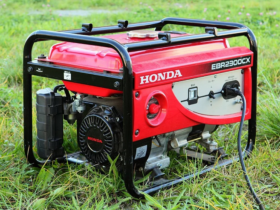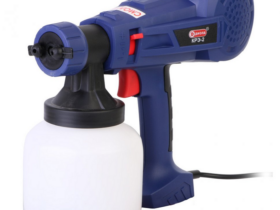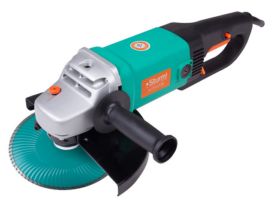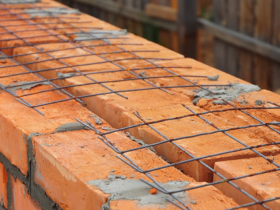History of the development of a stretch ceiling.
If you want to have a perfectly even ceiling at home, but you do not want the repair period to be accompanied by dust and dirt, then you should pay your attention to such a type of ceilings as stretch. This is perhaps the only type of ceiling, the installation of which can be carried out after a full repair in the room.
The history of the occurrence of suspended ceilings goes into deep antiquity with its roots. Another ancient Romans and the Greeks decorated their ceilings with a silk cloth. When such a ceiling sagged, faded or lost its attractiveness for any other reasons, then the fabric was simply replaced and the ceiling again looked new.
In ancient Armenia, residents used a very thin cotton fabric for the same purposes. Impregnated it with a water emulsion of chalk and only then pulled on the frame. When the fabric dried, it gave a shrinkage and, in the end. The disadvantage was that chalk from fabric was quite quickly crumbling. Later it was replaced with paint, which was dissolved in water.
And this primitive idea was taken as a basis and brought to their successful logical completion employees of the French company Barrisol in 1967. They changed heavy fabric to a thin PVC (polyvinyl chloride). With the help of hot air, such a film was heated to 70 ° C and then in such a softened state pulled and straightened. Its edges were refueled by a special frame made of fastener profile. When the cooled film gave a shrinkage, she occupied the final position on the frame and became tougher.
It is such a technology, which can slightly modified and modernized, are also used to date.
Probably the only weak point of this technology of ceiling finishing is the seam. The canvas of stretch ceilings from the film is made by welding it. This is necessary because the vinyl film in rolls is 1.4-2 meters wide, and the dimensions of any room are naturally larger. Of course, if you look closely very carefully, then on almost any stretch ceiling you can notice small seams in the places where it was welded. However, manufacturers of this type of ceiling came up with how to solve this problem. They try to arrange errors in the form of seams in such a place that when installing lighting devices, they are least striking.
It is necessary to order material for the ceiling and assembly of the entire design only for such companies and companies that have already proven themselves in the services market. Amateurs can incorrectly cook the seams, and in the future this can turn into a problem.



